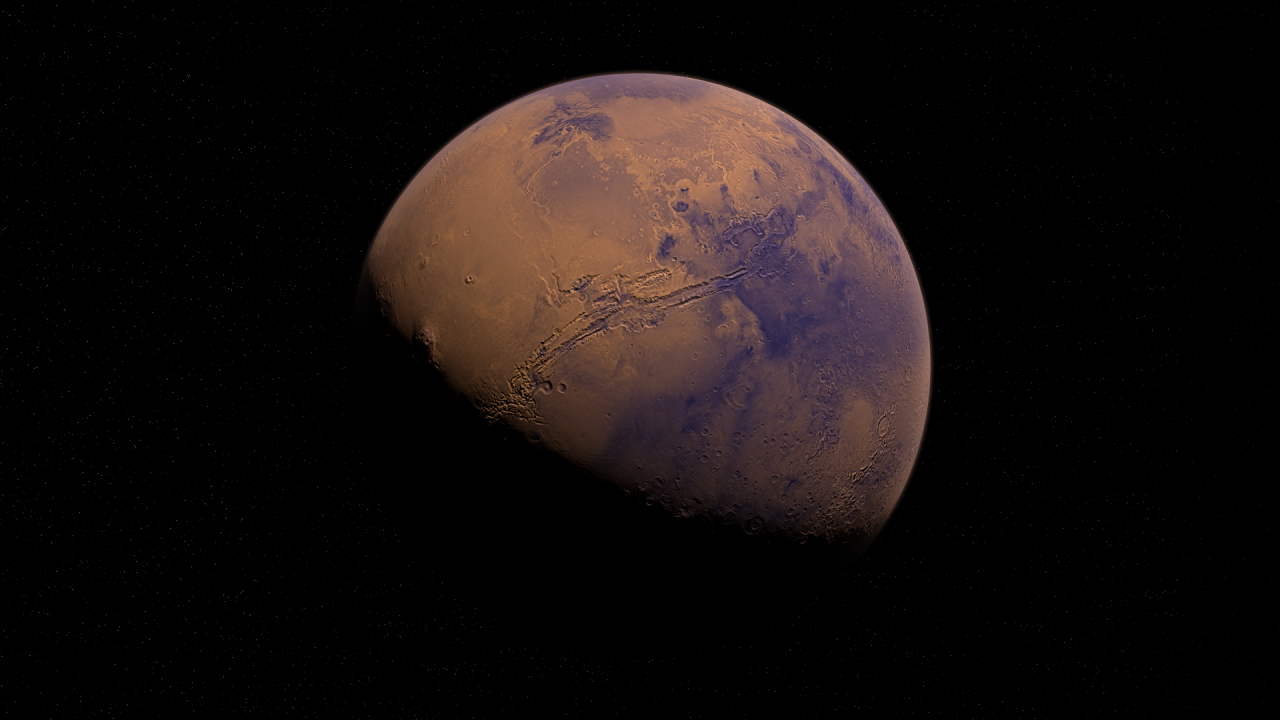Listen to the news
The James Webb Space Telescope captured dazzling infrared light from Mars earlier this month, UPI reported, citing NASA.
The pictures taken by the telescope show the eastern hemisphere of the Red Planet in different wavelengths of infrared light, informs "Darik".
Hear how meteorites hit the surface of Mars
NASA said the new images will help advance the scientific study of Mars.
"The James Webb Telescope can capture images and afterimages with the spectral resolution needed to study short-term phenomena such as dust storms, weather patterns, seasonal changes and, in one observation, processes that occur at different times of the Martian day," it says NASA on its blog.
In fact, the telescope is so sensitive that astronomers had to make adjustments to prevent blinding light from saturating its detectors.
Some of the images show the rings of Huygens Crater, the dark volcanic rock of Greater Syrtis (Syrtis Major) and the brightening of the Hellas Plain.
"The Hellas Plain has a lower altitude and therefore a higher atmospheric pressure. This higher pressure leads to a suppression of thermal radiation in this particular wavelength range due to an effect called pressure broadening," says Hieronimo Villanueva , principal investigator at NASA's Goddard Space Flight Center.
Researchers are preparing a paper to submit to a scientific journal for peer review and publication.
The NASA/ESA/CSA James #Webb Space Telescope captured its first images and spectra of #Mars on 5 September 2022 https://t.co/B61gRDczbN pic.twitter.com/OcNldegob7
— ESA (@esa) September 19, 2022
Mars
Cosmos
